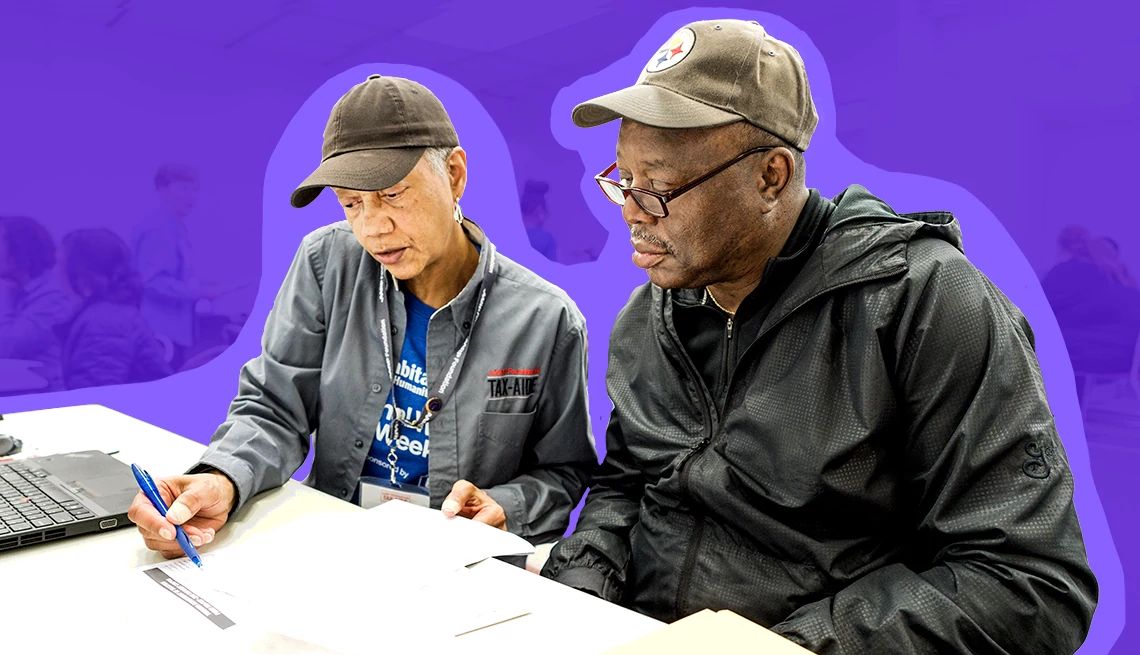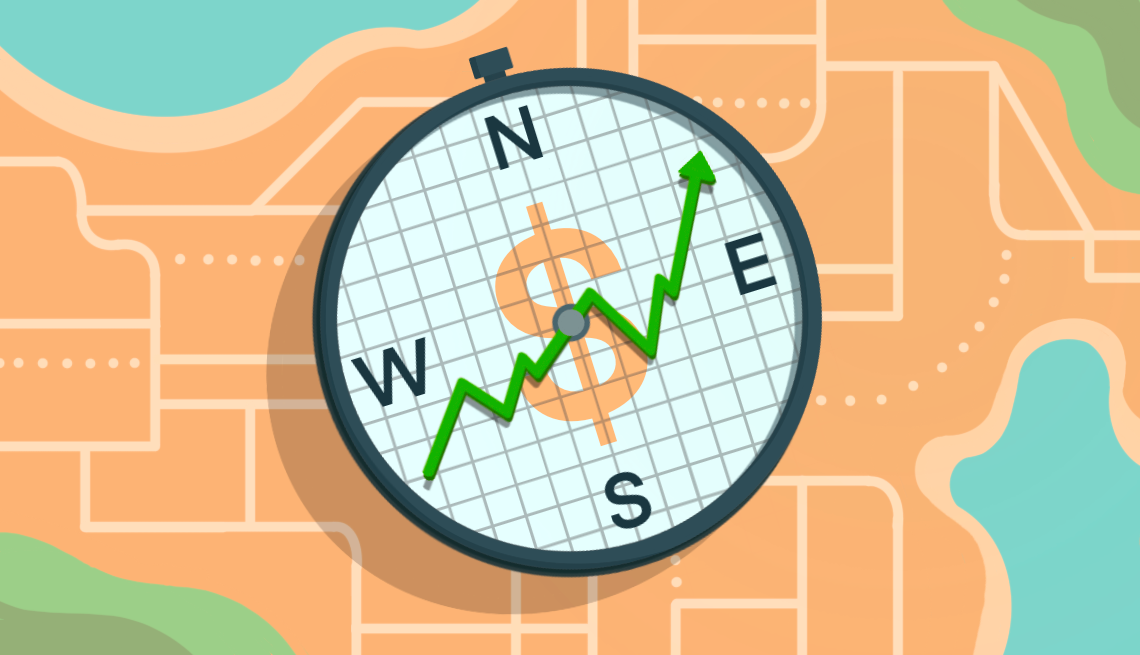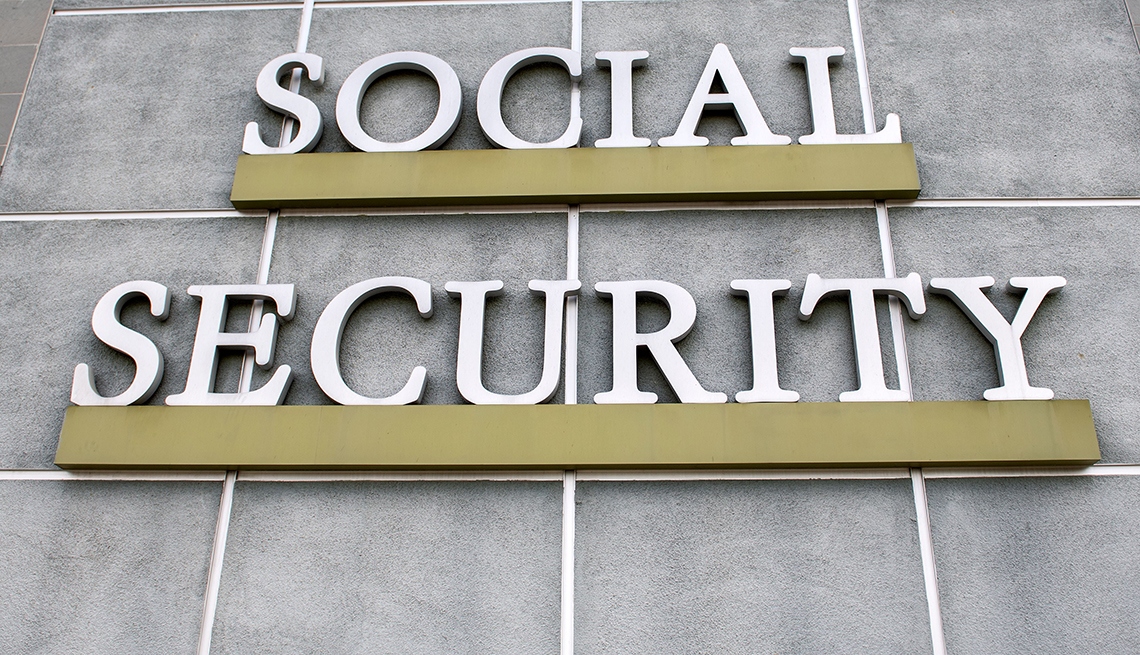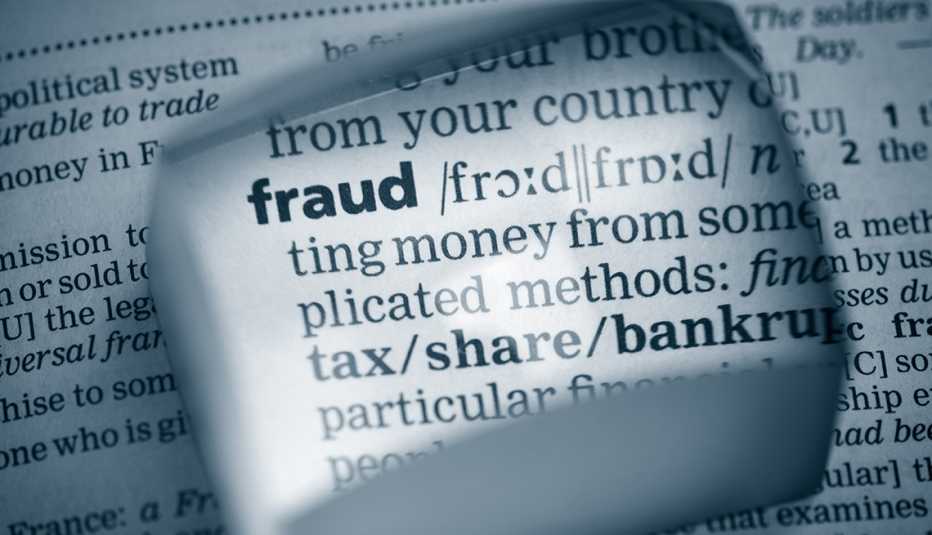Staying Fit
Criminals have been phoning people, posing as real Social Security officials and flaunting fake badge numbers to persuade victims to give up money or sensitive information, a government official warns.
The warning comes from Gail S. Ennis, leader of the Social Security Administration Office of Inspector General (SSA-OIG), a watchdog agency that has seen most of its senior officials’ names highjacked this way. Many officials at SSA also have had their identities misused by scammers.


AARP Membership— $12 for your first year when you sign up for Automatic Renewal
Get instant access to members-only products and hundreds of discounts, a free second membership, and a subscription to AARP the Magazine.
"Don't believe anyone who calls you unsolicited from a government agency and threatens you — just hang up,” Ennis says in a fraud advisory. “They may use real names or badge numbers to sound more official, but they are not."


Ennis says recent reports of telephone scammers using real Social Security and OIG officials’ names — many of which are publicly available — illustrate the scammers’ “sophisticated tactics” in deceiving their targets.
The red flags? Many scams start with a call from a robotic-sounding voice using irregular syntax and pronunciation, says Tracy Lynge, a spokesperson for SSA-OIG.
Nearly 2,000 complaints a day
The watchdog agency received more than 718,000 scam complaints during the year ending Sept. 30 -— roughly 2,000 complaints for every day of the year — and about 1.5 percent of the complainants lost money.
One common tactic used by crooks to lend legitimacy to their scams is citing “badge numbers” of law enforcement officers, Ennis says. Scammers also send email attachments containing personal information about a purported “investigation,” or text links to people to click on to supposedly “learn more” about a made-up problem related to Social Security.
More telltale signs of a scam
SSA, she notes, will never:
- Suspend your Social Security number because someone else purportedly has used it in a crime.
- Threaten you with arrest or other legal action unless you immediately pay a fine or fee.
- Require payment by gift card, wire transfer or internet currency or by cash sent through the mail.
- Promise a benefit increase or other assistance in exchange for payment.
- Send official letters or reports containing your personal information via email.



































































